The zucchini belongs to the cucurbit family and is available in different shapes and colors. The best known is the cucumber-like zucchini variety, which is 15 to 20 centimeters long. Cultivation is easy and the harvest is usually very productive.
What you should know about the zucchini

The zucchini originally comes from Central America and came to Europe through immigrants. It is now very native to the Mediterranean areas in particular, for example in Spain, Italy and France, but in Germany too, zucchini grows excellently from June to September, for example in fields and gardens.
The zucchini belongs to the pumpkin family. The relationship to the pumpkin is particularly evident when the zucchini is fully grown, when it has a thicker skin, larger seeds and firmer pulp. Now the zucchini can be stored until winter and prepared like a pumpkin. The zucchini has an elongated or rounded shape. It can weigh five kilograms and about eight inches long, is dark green or sometimes yellow.
Basically, the bigger the zucchini, the less flavor the pulp has and the furier it is. Inside the zucchini there are white kernels that are surrounded by whitish to cream-colored, firmer meat.
Since the zucchini does not have a gelatinous mass, as is the case with the cucumber, the water content is also slightly lower. However, zucchini also has very few calories and is easy to digest. The taste is slightly nutty, but still mild and is ideal for combining the zucchini with many other vegetables. The zucchini, which is available all year round thanks to imports, should be stored in the refrigerator in the vegetable compartment. It will keep for three weeks when fresh.
Importance to health
Thanks to the few calories and the low fat content of less than one percent, the zucchini is suitable for everyone who likes to eat healthily but wants to stay slim. Diets and light foods are optimally supported. The zucchini convinces with other health benefits: It contains a lot of potassium, which is important for various metabolic processes.
The magnesium it contains ensures strong muscles. The ability to concentrate and the mental freshness are promoted. The large proportion of iron is essential for blood formation. Due to the low carbohydrate content, the easily digestible zucchini is also suitable for diabetics. It also strengthens the immune system, relieves the heart and is diuretic. The intestinal activity is also stimulated. The zucchini is also a good remedy for high blood pressure.
Ingredients & nutritional values
| Nutritional information | Amount per 100 gram |
| Calories 17 | Fat content 0.3 g |
| cholesterol 0 mg | sodium 8 mg |
| potassium 261 mg | carbohydrates 3.1 g |
| protein 1.2 g | vitamin C 17.9 mg |
In addition to the main component water, the low-calorie zucchini contains valuable vitamins such as vitamin C and minerals such as phosphorus and calcium, which are important for the bones, trace elements such as iron, which plays an important role in blood formation, and beta-carotene, a precursor of the vitamin A, which the body needs for seeing, for example.
Intolerances & allergies
A zucchini that tastes bitter should not be consumed, as the poisonous bitter substances are responsible for the taste and are not destroyed even by cooking.
These can damage the stomach and intestinal lining. Crossing with other pumpkin plants or backcrossing can lead to an increased bitter content. Consumption can lead to vomiting, diarrhea, stomach cramps, increased salivation, headaches, dizziness, etc. Particular care should be taken with young children, the elderly and the sick. This can even lead to a collapse.
Shopping & kitchen tips
The domestic zucchini can be purchased from July to October. In the remaining months it comes from imports. When buying, you should keep in mind that the smaller it is, the finer the taste. A young zucchini that is about 15 centimeters long and 100 grams in weight is ideal.
It should be firm and have a flawless, smooth, matt-shiny skin and a fresh, not dried-on stem. The shell should hardly yield when touched. The smaller zucchinis have the most flavor. From 20 centimeters in length, they lose their taste because the core and shell are harder. The zucchini likes it cool, but not too cold. A fresh zucchini can be stored in a plastic bag in the refrigerator (vegetable compartment) for one to two weeks.
It is advisable not to store it near tomatoes or fruits such as apples as it will age faster. When the season is over, the zucchini can also be lightly frozen. It is best to cut it into pieces beforehand and portion it out beforehand. The preparation of the zucchini is very simple: it is washed, patted dry, the stem and flower base is cut off with a knife and the zucchini is ready for further processing. Depending on the recipe, the zucchini can then be sliced, halved, hollowed out or diced.
Preparation tips
The zucchini can be eaten completely, except for the stem end. Even the flowers are often used to prepare meals, for example filled with cream cheese and herbs or rice. The flowers are also a nice decoration. The zucchini can, for example, be braised, fried, baked, deep-fried or grilled. It works well in casseroles, with meat, in soups or as a vegetarian filled main course. It is also often used as a vegetable side dish.
Zucchini has always been very popular as an antipasti in the Mediterranean region and is an integral part of Mediterranean cuisine. The versatile zucchini tastes very good cold and warm. If the zucchini are slightly larger, the kernels may be harder and should then be removed. For this purpose, the zucchini is halved so that the kernels can be scraped out with a spoon. With smaller fruits, on the other hand, the inner workings are not disturbed. An uncomplicated preparation is possible here. The big advantage is that the zucchini does not have a distinctive taste of its own and can therefore be combined well, for example with other vegetables such as peppers, tomatoes and aubergines, with fresh herbs, with meat, fish or lettuce.
Since the zucchini is low in calories, it can also be enjoyed in abundance during a diet. In terms of seasoning, zucchini is allowed whatever tastes good. Mediterranean herbs such as oregano and thyme, garlic and cumin go particularly well with the subtle taste of zucchini. Due to the valuable ingredients, recipes with zucchini have become an indispensable part of the menu today. Creativity knows no limits.

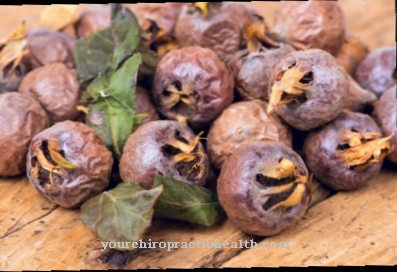
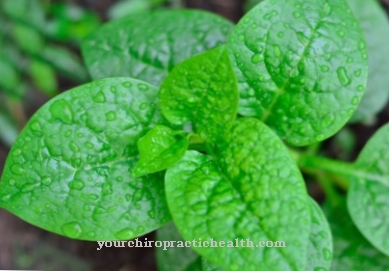

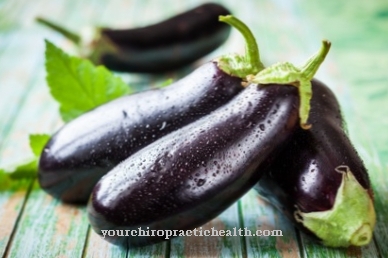
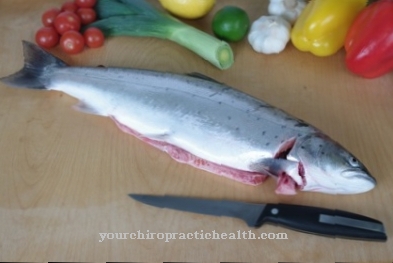
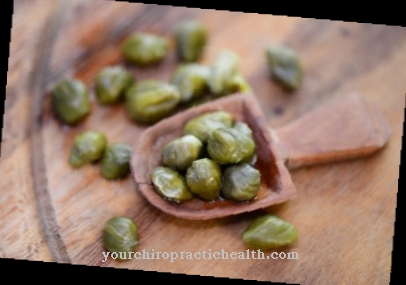






.jpg)

.jpg)
.jpg)











.jpg)